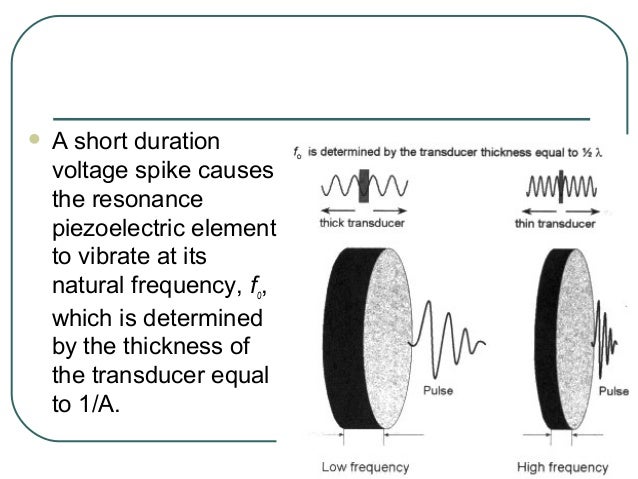


It is the biggest known moon of a dwarf planet. Charon is the largest with a diameter just over half of Pluto. It has five moons: Charon, Styx, Nix, Kerberos and Hydra.The light from the Sun reaches Pluto in about 5.5 hours at its average distance of 39.5 AU. A stable orbital resonance with Neptune prevents them from colliding. Due to its orbit, Pluto periodically comes closer to the Sun than Neptune.The eccentricity is moderate however and the orbit is inclined as it ranges from 30 AU to 49 AU. Like other Kuiper Belt objects, it has an eccentric orbit.

It is relatively small compared to Earth’s moon being about one-sixth of the moon's mass, and one-third of its volume. It is made primarily out of ice and rock.It is named after the Roman god of the underworld, the equivalent of Hades in Greek mythology.However, when it comes to the trans-Neptunian objects, it is the largest by volume but less massive than Eris. Pluto is the ninth-largest and tenth most massive known object directly orbiting the Sun.After the discovery of Eris in 2005, Pluto was demoted in 2006 from a planet to a dwarf planet after the IAU defined the term “planet”. Since the beginning of the 1990s, its status as a planet was questioned following the discovery of other objects of similar size.It was discovered in 1930 by Clyde Tombaugh and was classified for 75 years as the ninth planet of the Solar System. It was the first Kuiper Belt object to be discovered and is the largest known plutoid.


 0 kommentar(er)
0 kommentar(er)
